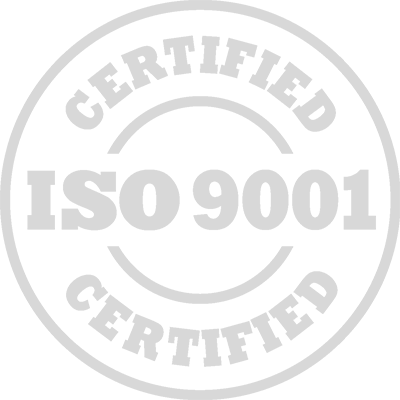Introduction:
Leadership bears new responsibilities and burdens. These challenges and burdens are constantly changing. Challenges in the era of globalization, in addition to new challenges resulting from the communications revolutions and Internet sovereignty that will not end. Together, these factors lead to the need to verify the implementation of leadership. The person’s preparedness and ability to respond to and adapt to these strategic challenges. To serve the purpose, goals and objectives of the institution and achieve its higher mission, the strength and severity of these challenges make us confirm the fact that management experts are not controversial and that management personnel are accepted at all administrative levels. In general, in the era of globalization, presidents and senior executives face new challenges that require new qualifications and skills. It matches their responsibilities in building a strong organization that can survive, grow and lead.
Target groups:
- Department managers.
- Heads of Departments.
- Hold leadership positions.
- Human resources officials.
- Legalists.
- Anyone who finds himself in need of this course and wants to develop his skills and experience.
Course objectives:
At the end of this programme, participants will be able to:
This intensive training program is designed to provide heads and officials of government departments and all organizational units in public and private institutions with a series of interconnected leadership skills necessary to create a modern CEO.
Target competencies:
- Identifying the specifications and key personalities that can meet the challenges of contemporary and competitive organizations. Defining a clear future direction for the organization and its organizational units, including leadership vision and values.
- Determine the mission and strategic priorities of the highest organization based on a realistic analysis of the conditions prevailing inside and outside the organization.
- Develop and design a competitive strategy to retain the organization and strive for development in the face of challenges and pressures.
- Motivating employees and developing their creativity through effective performance plans.
- Understanding the meaning of innovative leadership and the difference between it and different types of leadership.
- Providing managers with creative and managerial skills that can help them manage their businesses efficiently, and enable them to think and act with modern and unconventional ideas.
- Choosing strategies that enhance the organization's competitive position and give it flexibility and continuous growth.
- Determine a set of performance standards and scientific methods to measure the performance of organizations and organizational units.
Course content
Unit 1: Future challenges and the importance of confronting them:
- Study future variables
- Scientific methods for monitoring and responding to future challenges
- Facing future challenges with excellence
- General characteristics of new administrative thought and the role of administrative creativity
- The concept of leadership and the leader
- The importance and necessity of leadership
- An effective and successful manager
Unit 2: Innovative leadership is the path to the performance, characteristics and quality of distinguished leaders:
- What is creativity and creative thinking?
- Characteristics of innovative and creative leaders
- How to kill an innovative idea!
- How to develop innovative ideas
- How to develop the creativity of leaders
- What is your style?
- Training film
Unit 3: Barriers to creative thinking in business:
- Personal obstacles
- Environmental obstacles
- Organizational obstacles
- Motivational obstacles
- Emotional obstacles
- Educational obstacles
Unit 4: Concepts of Administrative Excellence:
- The concept of high performance and its importance
- The importance of excellence in administrative organization in the Arab environment
- Areas of excellence and their types
- Basic principles for achieving distinguished management
- How to create a sense of excellence for leaders
Unit 5: Secrets of Excellence Leaders:
- Self-management of administrative resources
- Innovative solutions to problems
- Encouraging innovation and creativity
- Attract outstanding people
- Twenty secrets of distinguished leaders
Unit 6: Leadership in the Age of Globalization:
- Leadership and strategic planning
- Determine strategic direction
- Strategic assessment and strategic path
- Implementation strategy and performance management
Unit 7: Executive Leadership and Strategic Planning:
- The importance and role of executive leadership in the planning process
- The leadership dimension of strategic planning
- Modern strategic planning standards
- The path of strategic planning
- Components of the strategic plan
Unit 8: Determining Strategic Direction:
- Defining the directions and central mission of executive leadership
- Establishing the leadership vision for the organization and its employees
- Connecting the vision and strengthening its support
- Formulating the organization's ultimate mission
- Consolidating common values and concepts
Unit 9: Strategic Design and Strategic Path:
- What is strategy and what is the strategic path?
- Illusions of competition and competitors
- Features and components of strategic alternatives
- Evaluate and identify available alternatives and options
- Design strategies and allocate tasks and resources
Unit 10: Strategy Implementation and Performance Management:
- Challenges of effective implementation of strategic plans
- Removing cultural and organizational barriers
- Determine performance levels and indicators
- Adjust, modify and update performance indicators
- Prevalent measurement and self-assessment practices
- Practical and applied cases and workshops
- Evaluation and conclusion of the training program


